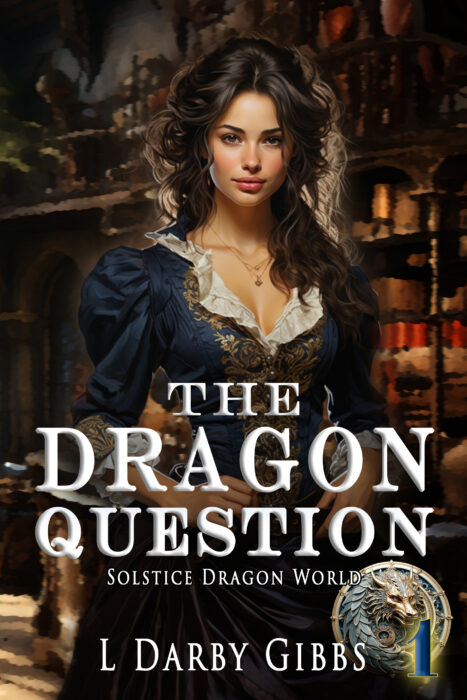The Coming of Age format is often used for YA novels because the main character is often a young character, usually on the verge of coming to terms with the difficult realities of life. It is also not unusual for the main character to be an adult, one with a rather innocent view of life. …
Tag: plots
February 27, 2013
February 20, 2013
Fame & Fortune, but at what cost? Using a tried and true narrative mode to set up a story, as mentioned in last week’s post, is quite useful. The Faust Legend is another popular format. If you are familiar with the old movie Oh God, then you have seen it used in the more modern…
